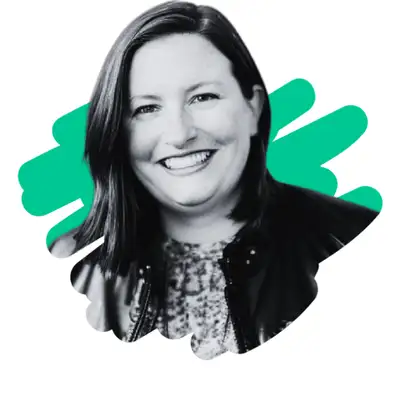Rob Howard has one simple metric for measuring the financial health of his business: profit per hour per client.
Tracking that metric has changed how I evaluated and measured my own business and has become something I incorporate into my clients’ businesses as well.
It's not something you have to look at every day, but keeping track of this one metric will help you grow in a sustainable and financially healthy way.
Key Takeaways:
- What Rob considers to be the key metrics to measure for service business owners and how he determined which metric to measure the financial health of a business
- What's happening behind the scenes for Rob to actually get to this profit per hour per client
- How the number of dollars you made and the number of minutes you spent are data points where there is enough quantity to make real decisions based on them
- What tools Rob is using to collect data or measure his metrics
- What metrics he has consciously chosen not to track or pay attention to and some of the mistakes he has made with tracking metrics
Show Notes
A lot of startups would like to think so. Some call it the “One Metric That Matters,” or the “North Star Metric.”
It’s basically the idea that you focus on measuring and improving one thing at a time.
By focusing on a single thing, you can filter for decision making and ensure that the actions you're taking in your business are actions that will truly make an impact.
The problem is that what you track has a huge impact on the action you take. Choose the wrong metric and you can sink the sustainability or profitability of your business.
So whatever your one metric to rule them all is, it better represent what you truly want to get out of your business.
This month we're kicking off a series all about measuring growth. What do you measure? How do you track it? What do you do with the data once you have it?
My guest today is a master at this.
You might remember Rob Howard from Episode 9, where we talked about streamlining the proposal process. Rob owns a web development agency, Howard Development & Consulting, and runs a course for freelancers called Automatic Freelancer.
He has one simple metric for measuring the financial health of his business: profit per hour per client.
Tracking that metric has changed how I evaluated and measured my own business and has become something I incorporate into my clients’ businesses as well.
It's not something you have to look at every day, but keeping track of this one metric will help you grow in a sustainable and financially healthy way.
- What Rob considers to be the key metrics to measure for service business owners and how he determined which metric to measure the financial health of a business
- What's happening behind the scenes for Rob to actually get to this profit per hour per client
- How the number of dollars you made and the number of minutes you spent are data points where there is enough quantity to make real decisions based on them
- What tools Rob is using to collect data or measure his metrics
- What metrics he has consciously chosen not to track or pay attention to and some of the mistakes he has made with tracking metrics
- Howard Development & Consulting
- Automatic Freelancer
- The 30 Minute Profitable Proposal System
- Scalespark Dollars + Decisions Roundtable
- Twitter @ScaleSpark
- LinkedIn @thesusanboles
Creators and Guests
What is Engineering Calmer Agencies & Consulting Firms: Calm is the New KPI?
Can you build a business based on… “calm?” Host Susan Boles looks beyond the usual metrics of success to help you build a business where calm is the new KPI. With over 15 years of experience as an entrepreneur, CFO, and COO, Susan shares the business strategies that lead to a business with comfortable margins—financial, emotional, energetic, and scheduling margins. Join her and her guests as they counter the prevailing “wisdom” about business growth, productivity, and success to provide a framework for making choices that align with your values and true goals. Episode by episode, you’ll get a look at the team management, operations, financials, product development, and marketing of a calmer business.
